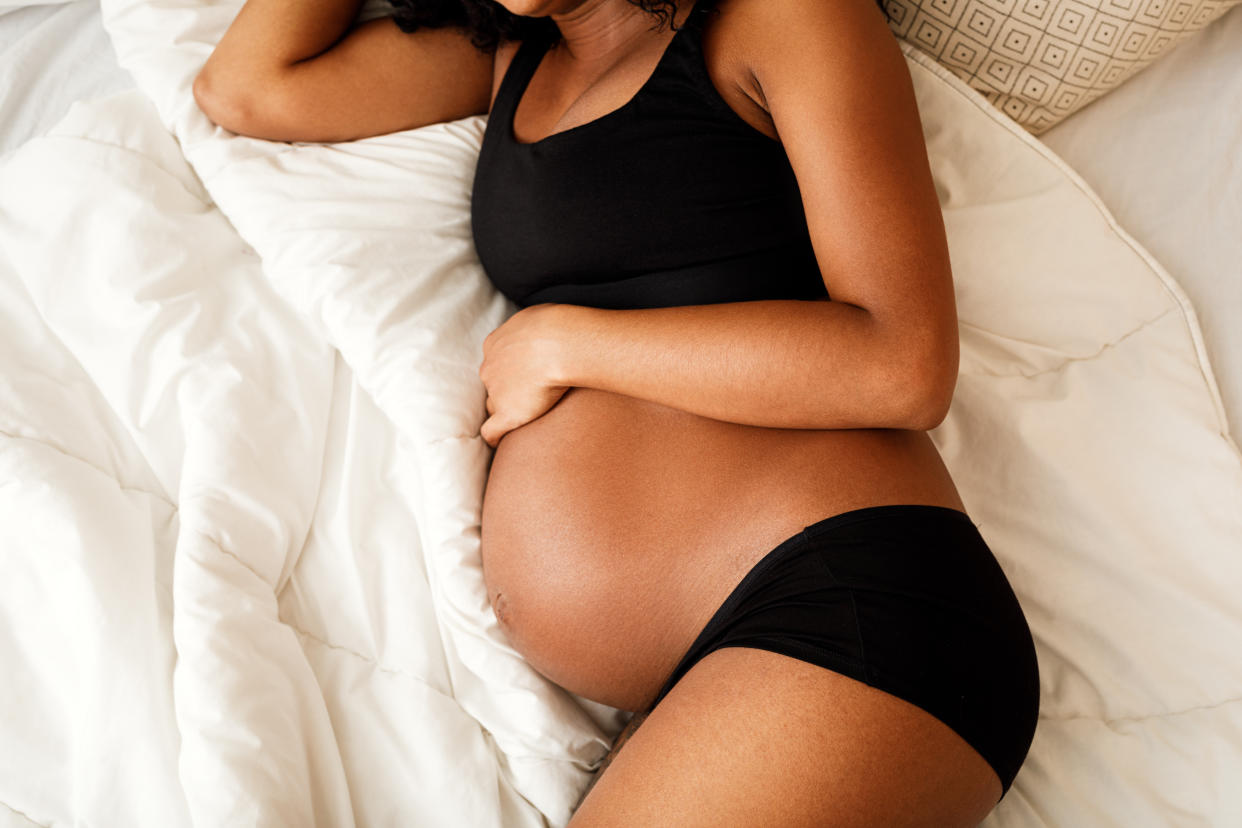Simple, cheap test could save 500K babies, 76K women’s lives a year

Preeclampsia, a serious but rare pregnancy complication, can be dangerously elusive. Characterized by high blood pressure and protein in the urine, it generally occurs after 20 weeks of pregnancy, and strikes women with no previously known risk factors. In some cases there are symptoms — like rapid weight gain and severe headaches — often there are not.
The condition disproportionally affects black women and is treatable with medicine. But when left undetected, it can lead to catastrophic complications such as organ damage, seizures, blood clots and even death. According to the Maternal Task Health force, it’s one of the deadliest pregnancy complications new mothers face, causing the death of 76,000 women and 500,000 babies worldwide each year.
Doctors have long been studying ways to more easily diagnose the condition, most recently through a rapid urine test. But now researchers in Australia may have found a way to tackle it in a new way. In a study from Edith Cowan University, they revealed a new “simple, low-cost” way to predict the development of preeclampsia before it begins. Their study used an existing survey called the Suboptimal Health Questionnaire, created by Chinese researcher Wei Wang, PhD, in 2009. Wang aimed to “create a window of opportunity for early detection and intervention” of disease by measuring things like fatigue, heart health, digestion and immunity.
Now, Wang’s own PhD candidate, Enoch Anto, has put it to use in predicting preeclampsia. To test the survey’s ability to foresee the dangerous pregnancy complication, Anto asked nearly 600 pregnant women in Ghana — where preeclampsia causes 18 percent of maternal deaths — to take it. The women were given an overall “suboptimal health score,” which Anto then combined with blood tests on calcium and magnesium levels to form a prediction of whether or not they developed preeclampsia.
The metric worked.
Among the women who had high scores on the Suboptimal Health Questionnaire, 61 percent developed preeclampsia. Of those with a low score, only 17 percent developed it. For Anto and the other researchers, the findings are crucial to women in this demographic, specifically. "In developing nations, preeclampsia is a leading cause of death for both mothers and babies,” Anto wrote in the study’s conclusion. "Both blood tests for magnesium and calcium and the Suboptimal Health Questionnaire are inexpensive, making this ideally suited to the developing world where preeclampsia causes the most suffering."
In an email with Yahoo Lifestyle, Kara Rood, MD, who specializes in maternal fetal medicine physician at The Ohio State University Wexner Medical Center, agrees. “Currently, there is no gold standard test to diagnosis preeclampsia — it is considered a clinical diagnosis with elevated BP and evidence of end-organ damage...” she writes. “There has been lots of investigation into blood and urine tests that would be able to diagnosis preeclampsia, however none have been adopted as the main test to diagnosis preeclampsia.”
Rood, who actually pioneered the urine test that’s capable of diagnosing preeclampsia, says that tracking health factors, such as those analyzed in the Suboptimal Health Questionnaire, is key. “It is important to be aware of risk factors for preeclampsia, such as underlying high blood pressure, diabetes, more than one baby in the uterus (above the age of 35) and it being your first pregnancy,” she writes. “Identifying these factors early in pregnancy allows the health care provider to advise the women to take a low-dose aspirin pill each day to help decrease the risk of developing preeclampsia.”
While the test may be a step forward for maternal health, Rood stresses the importance of remaining focused on a way to eliminate preeclampsia, as well. “I think earlier identification of risk factors for preeclampsia by means of a simple survey or by taking a thorough medical history is important in determining who would benefit from aspirin prophylaxis,” she says. “However, I think the focus still needs to be towards finding a cure of preeclampsia to decrease number of pregnancies it affects.”
Read more from Yahoo Lifestyle:
How this news anchor's abnormal pregnancy led to cancer: 'Just unfortunate dumb luck'
Photo of nurse breaking down after stillborn delivery goes viral
Ashley Graham has the most intense pregnancy workout and fans are seriously impressed
Follow us on Instagram, Facebook, Twitter and Pinterest for nonstop inspiration delivered fresh to your feed, every day.

